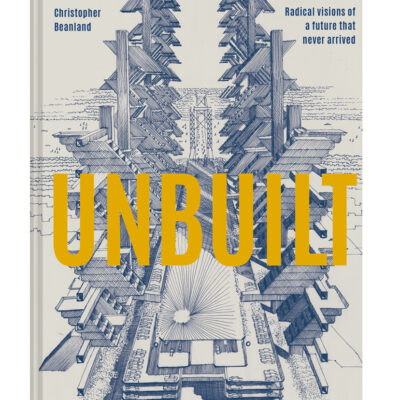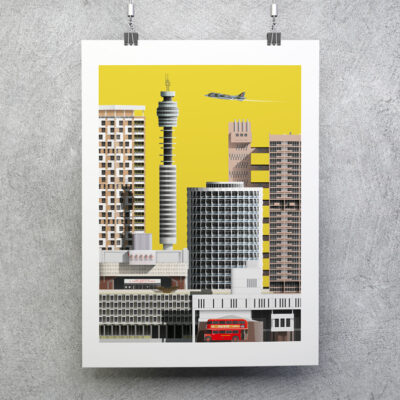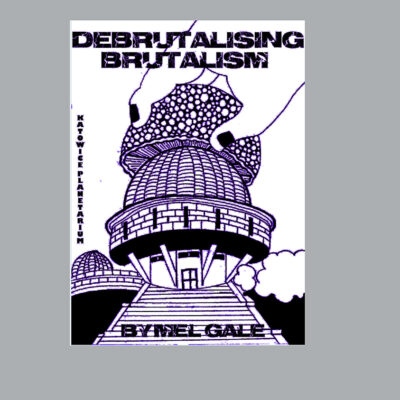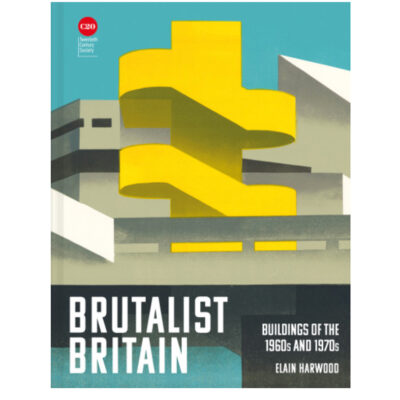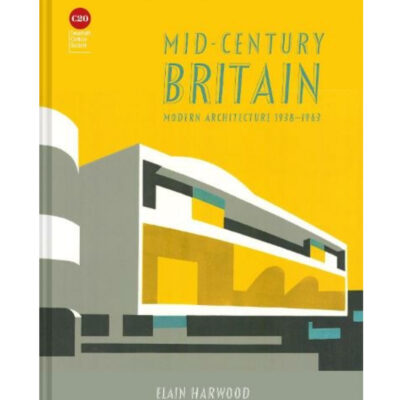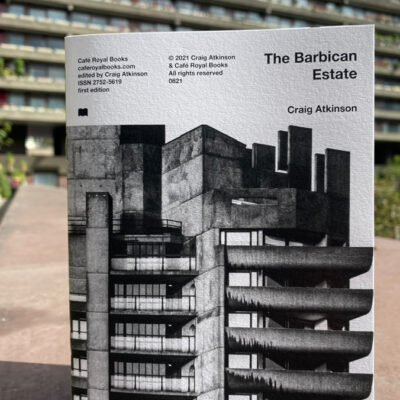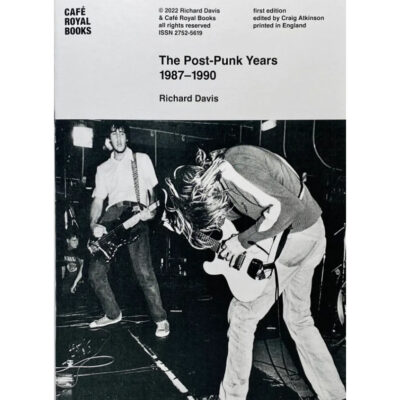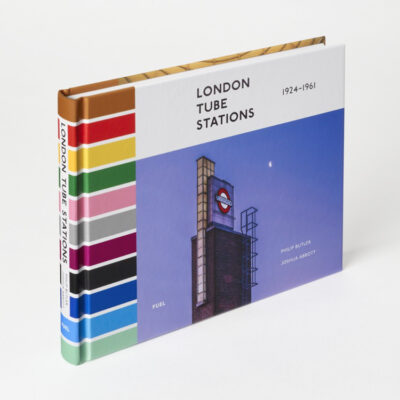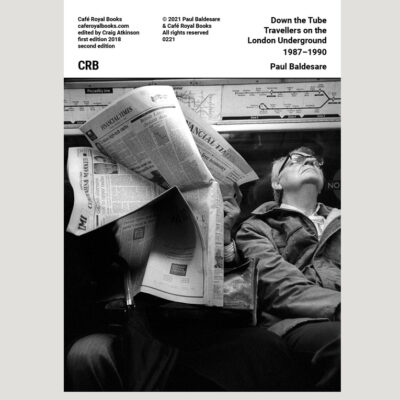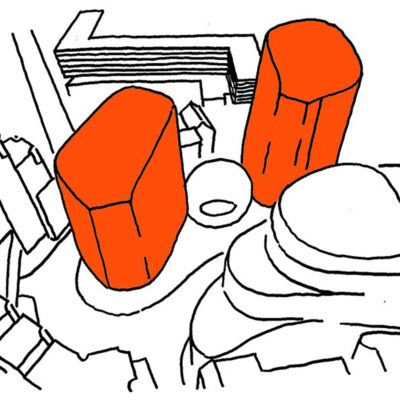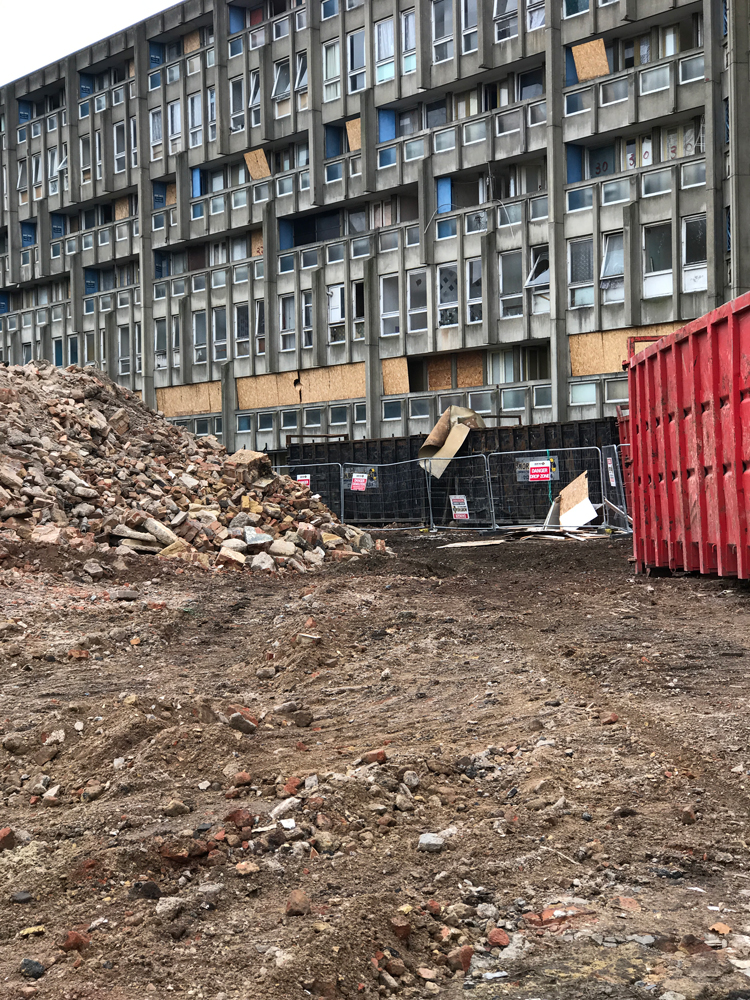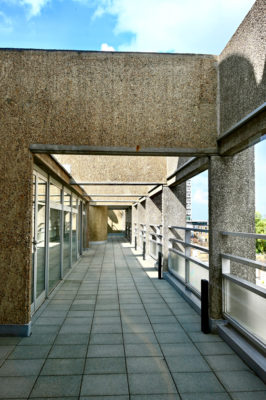At First Ignored and Now Lost
London’s Welbeck Street Car Park
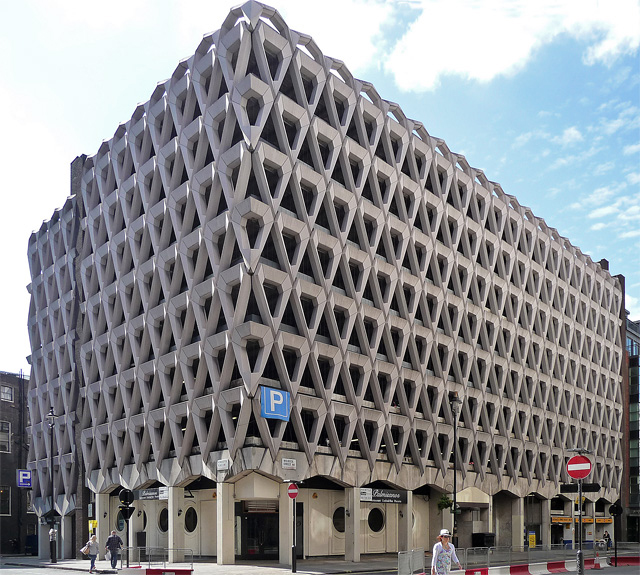
It used to be the case that you could turn off the main drag of Oxford Street in London and find yourself by Welbeck Street Car Park. It loomed large like an obstacle from a computer game, reminding us that London’s streets are far from a simple grid system. However, the powers that be at Westminster Council decided it was not important enough to preserve, regardless of request after request, it was (some might say cynically) left off the architectural protective listing register. With absolute predictability, it fell victim to the wreckers ball.
Designed by Michael Blampied and Partners in 1970, to support the needs of Debenhams Department store, the back doors of which were 2 minute’s walk from the car park. This was a busy spot, Debenhams front doors opened onto 334 Oxford Street.
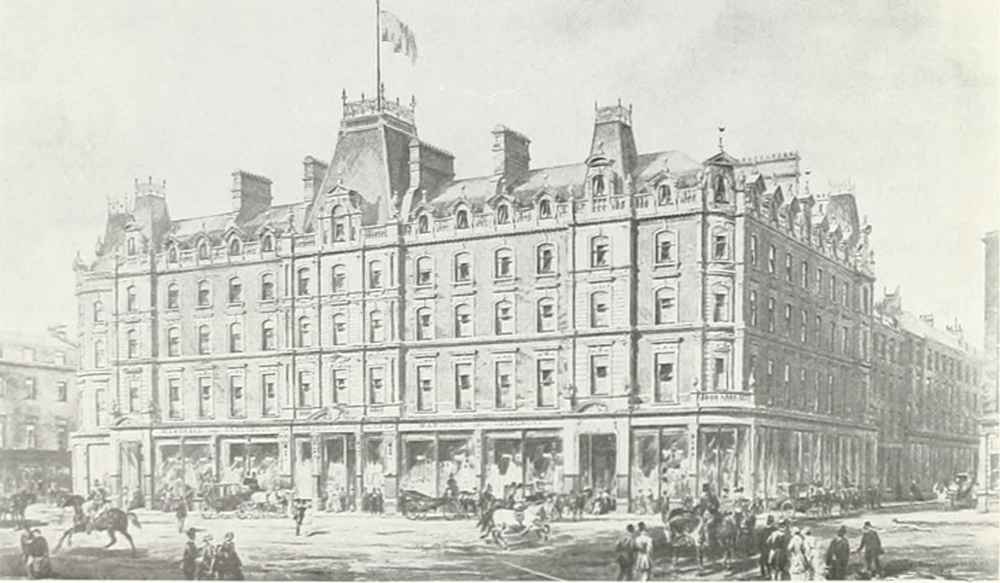
Marshall & Snelgrove, 1870, CC0
Without detailing all the ins and outs of mergers and acquisitions, putting it simply, No. 334 had a long retail history. It was chosen as the site for the decidedly grand Marshall & Snelgrove which opened in 1851. And, in that very familiar story of layers of London, during the construction of the store, evidence was uncovered of a medieval burial ground*. The First World War, with its catastrophic loss of a generation and entirely mucked up supply chains had an enormous impact on the retail trade, triggering a collaboration with Debenham and Freebody in 1916 which by 1919 became a full-blown merger. Spin forward 50 years, the historic department store was completely rebuilt, becoming the (now defunct) Debenhams department store we’re familiar with. And, it was the bosses of that Debenhams store that wanted a car park close by. Welbeck Street car park was born.
There is still no excuse for why the iconic pre-cast concrete geometric diamonds that graced the facade had to be brutally removed
GenZ and Millenials are under the microscope at the moment, strategists are trying to figure out what ‘Brand Loyalty’ means and how purchases are made. Does it even make sense to drive into a city with exorbitant congestion charges? Or to run a car at all? Since the early 2000s everything has been gently stacking up against the viability of the car park. And so, as night follows day, the car park didn’t stand a chance.
Now it’s a luxury hotel, nice enough design, but really there is still no excuse for why the iconic pre-cast concrete geometric diamonds that graced the facade had to be brutally removed.
Header image: Welbeck Street Car Park Stephen Richards CC BY SA 2.0





